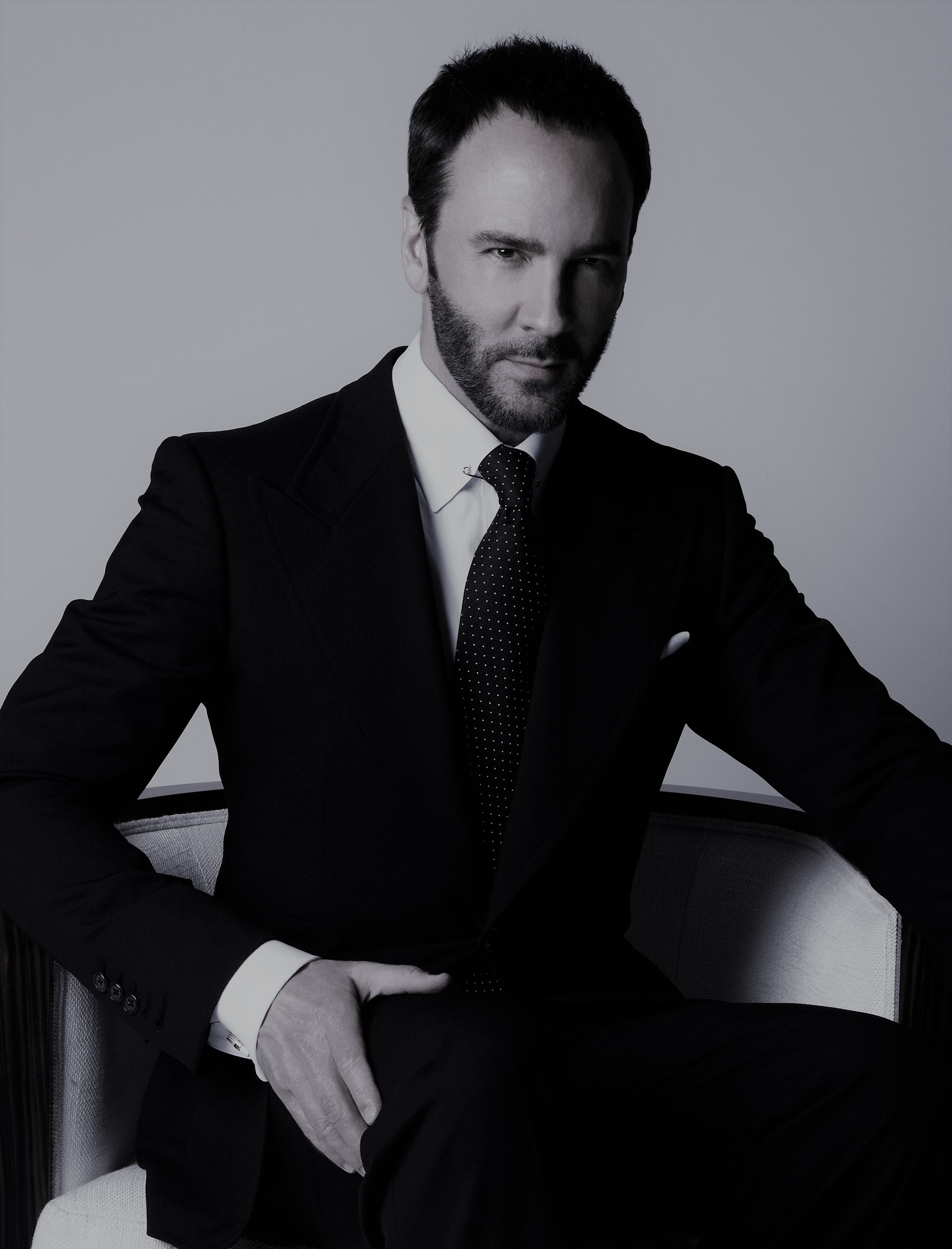Christina Tung on “5.6: Living in Asian America” and the AAPI Experience
May 11, 2021
Anna Chae


Christina Tung, founder of House Of and SVNR, has had many difficult and illuminating conversations with other creatives within the Asian American Pacific Islander community. These inspired her to think of ways to shed a brighter light on AAPI experiences, especially in response to the current situation – as in the factors leading to the present moment to what needs to be done to move forward.
To that end, House Of has been hosting a series of Instagram Live conversations with Asian and AAPI designers and the extended community with hopes of a shared catharsis while providing an opportunity for others to tune into the discourse and be informed and learn about the AAPI experience.
Titled “5.6: Living in Asian America” – a reference to the percentage of the U.S. population identifying as Asian – the eight-part series dives into the nuanced and complex challenges unique to the Asian diaspora, ranging from the “model minority myth,” for example, to how identity informs our work, concepts of humility, community and self, non-confrontation, microaggressions, appropriation, assimilation, colonialist mentality, and more.
CFDA sat down with Christina to learn more about the series and introduce readers to her and her important work.
Who is Christina Tung?
I am technically a 1.5th generation Chinese-American. My mother was born in Shanghai during the Cultural Revolution and her parents moved to Hong Kong when she was five years old. She came to the States to attend Boston University while my dad’s parents emigrated to the US and he was born in New Jersey. I grew up in a small, predominately white town, with a population of 5000, in Massachusetts.
It was really difficult for me to explain cultural expectations and customs to my friends growing up – taking your shoes off in the house, why my grandmother lived with us, how to show respect to your elders. Both my parents worked in the medical field; neither explicitly pushed me to go into the field, but they would talk about my how my “delicate hands” would make me a great surgeon. You end up placing value on what your parents value.
I went to John Hopkins but eventually decided medicine wasn’t for me. One of my aunts suggested public relations as a career because I loved fashion and connecting people. I immediately started googling PR agencies in New York City and sent my resume to all of them without a clue as to what PR was.
Tell me about House Of and what type of brands do you represent? What do you look for in a brand?
After 10 years working at agency and in-house and 2 months in Northern India, I started my own fashion PR agency, House Of, in 2015 with a fresh more humanistic approach. In 2018, I brought on a business partner to help grow the agency. For me, working in PR is very fulfilling emotionally – it’s about helping people manifest their dreams – getting these talented creatives the visibility, recognition and appreciation for what they love to do.
Our current brand roster has a strong representation of identity designers whose life stories, heritages, cultures, beliefs, experiences are reflected in their garments. Currently, 70 percent of the brands represented by House Of are BIPOC designers; 50 percent are AAPI and Asian designers.
How did you start SVNR?
I founded the SVNR jewelry line in 2018. For me, it was a bit of a “lightning in a bottle” situation. It was a rainy Memorial Day Weekend, and I had gone to a bead district and picked up things to fix some broken jewelry.
Jewelry was a hobby of mine growing up, along with beading at birthday parties. I let a friend choose a pair of earrings I had made and she posted them on Instagram and received messages from buyers asking about the brand and where to find it.
I quickly created a PDF with some iPhone snaps and sent it to my editor contacts. Monica Kim, then at Vogue.com, replied asking for an exclusive on SVNR, and from there, it started taking off. It’s a side passion project that has taken off in a different way than I ever could have imagined. I remember being asked at age five what I wanted to be when I grew up. I said, “doctor, model, or fashion designer.”
Why did you launch 5:6 Living in Asian America?
Because House Of’s roster of AAPI designers and everything that has been going on for the last year I had many illuminating and cathartic conversations. I wished these conversations were recorded and shared for those interested in finding community. There are a lot of people checking in, a lot questions that people outside of the AAPI community have, but are too shy and/or don’t want to impose. The AAPI community is hurting right now, and it’s hard to recognize, process and articulate the feelings we are having.
After encouragement from a close collaborator, I launched the series to approach bigger issues but also give a humanistic look at us as individuals. There is this idea that this community is a block of people who vote the same, think the same, act the same, eat the same food but it’s an extremely diverse community of different ethnicities with various spiritual beliefs, political orientations – particularly whether you’re first, second or third generation. We have a variety of perspectives and depending on where you grew up – and whether it was surrounded by a strong AAPI community or assimilated to dominant culture — there are major factors in how you communicate and approach the issues of race and how you think about the violence against us.
This series gives me the opportunity to speak with one of House Of’s designer/founders plus a friend of the brand or someone else in the community to examine some of the issues that we are facing. Themes include: identity and how race is being viewed across the diaspora; different ethnicities and income disparities; the model minority myth; advocating for ourselves to celebrate our voices; the concept of community and self; microaggressions; appropriation; assimilation; familial obligations; current media coverage; stigmas around supply chain, and more.
What do you hope for people to take away from the series?
What do we need to feel whole as individuals? What do we need to move forward collectively? What do we want? What are we asking for? If we all put our energy towards something that could make a difference, what would that be? I find the 15 Percent Pledge from Aurora James very concrete and clear. Is there something that would make sense for the AAPI community?
I hope the series will help AAPIs be seen as a full and complete individuals, not caricatures, objects of fetish, emasculated or infantilized tropes, but equals. I hope for the audience to come out and have a more complete understanding that there may be shared cultural beliefs but as individuals, we have complex feelings and thoughts, opinions and experiences that are different from each other even though we may be in the same AAPI community or ethnicity. I hope to see more healthy representation and nuanced conversation which I firmly believe will develop more respect for individuals.There are so many factors that build up each person and maybe, just maybe this will help develop empathy.
Watch the IG live series on House Of’s Instagram @Houseof.nyc on Fridays at 12PM EST.
House Of presents 5.6: Living in Asian America
A series of IG Live conversations addressing the complexities of the Asian diaspora.
Calendar
April 16: Phyllis Chan + Suzzie Chang of YanYan with Michelle Li of Teen Vogue
April 23: Zain Ahmad of Rastah with Preetma Singh, brand consultant
May 7: Sheena Sood of abacaxi with Brinda Iyer and Aditi Mayer
May 14: Christina Tung of SVNR with Geraldine Chung, LCD
May 21: Clare Ngai of BonBonWhims with Vanessa Hong
May 28: Vivek Agarwal of OOKIOH with Anita Pathammavong
June 4: Jessica Tse of Notte with Mi-Anne Chan
June 11: Chris Hosmer of AirPop

